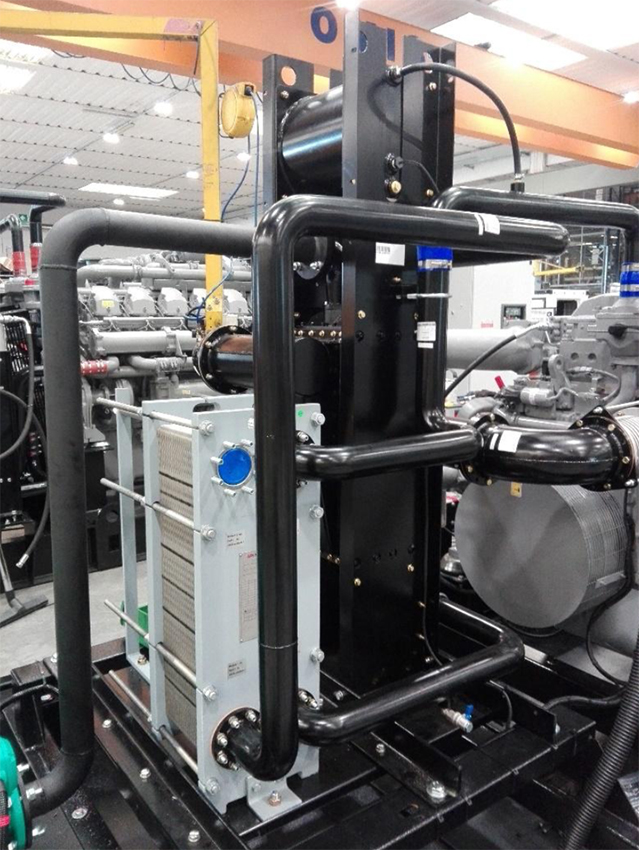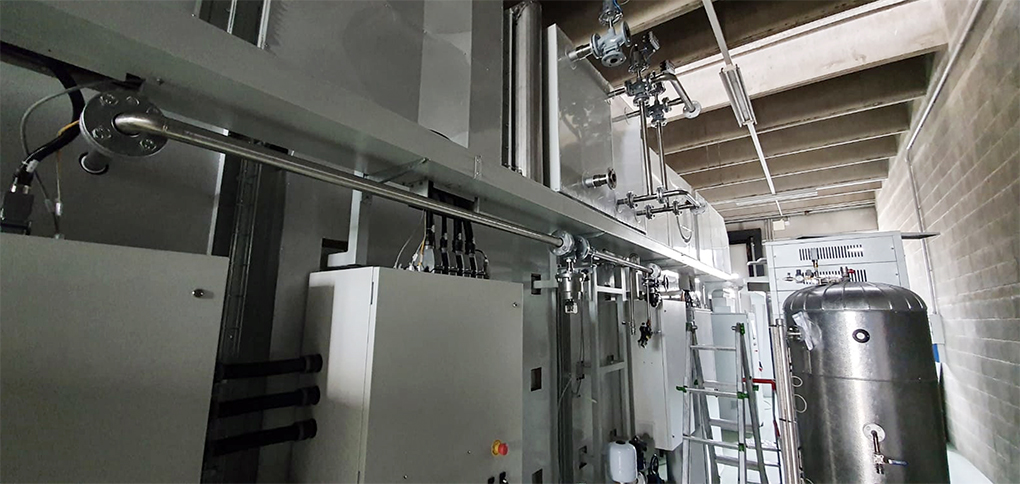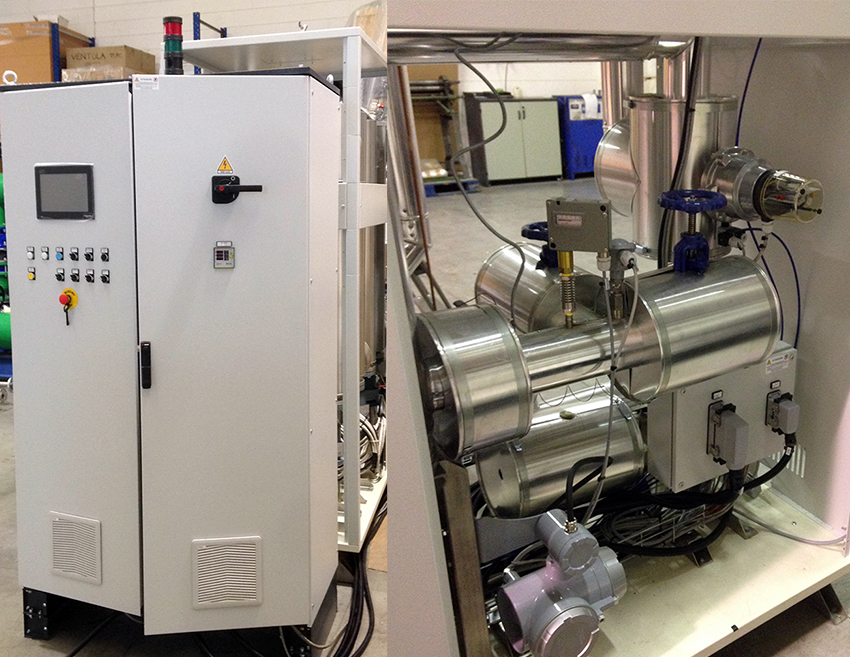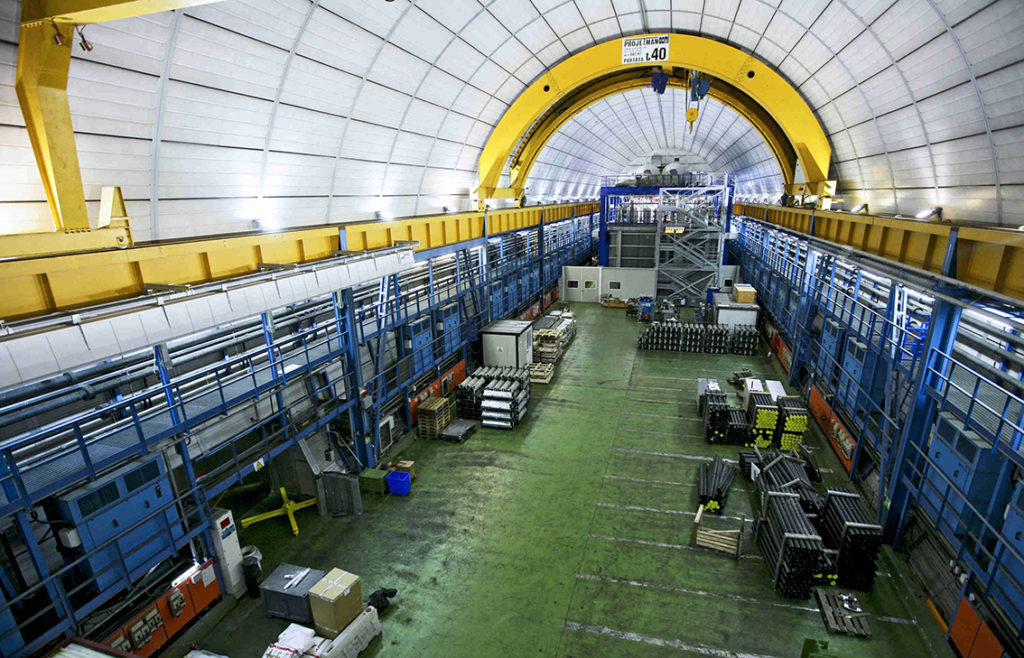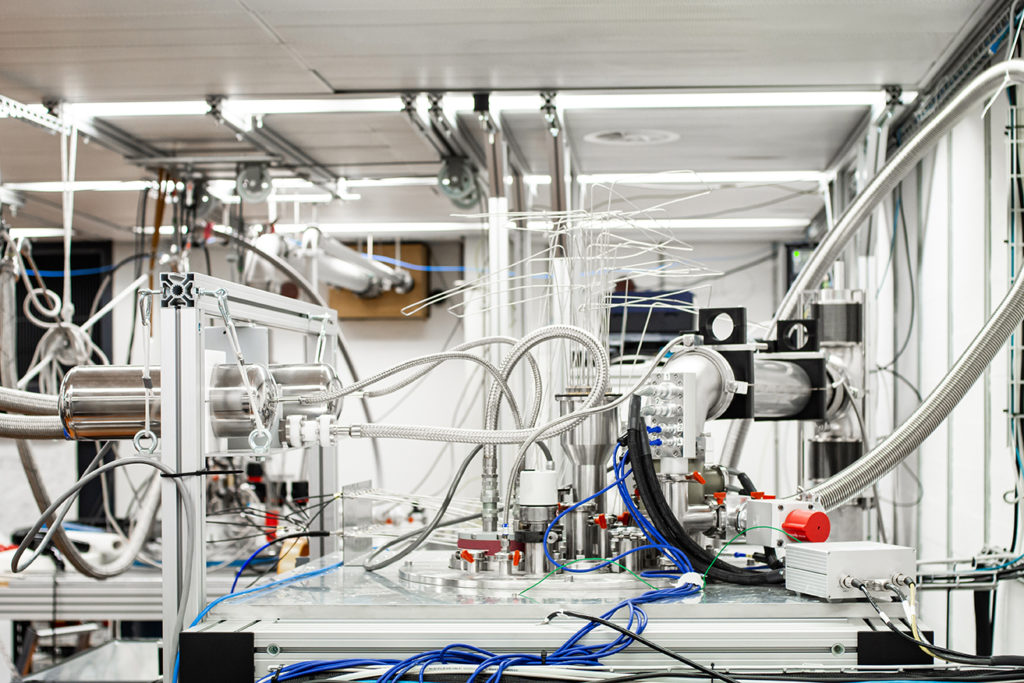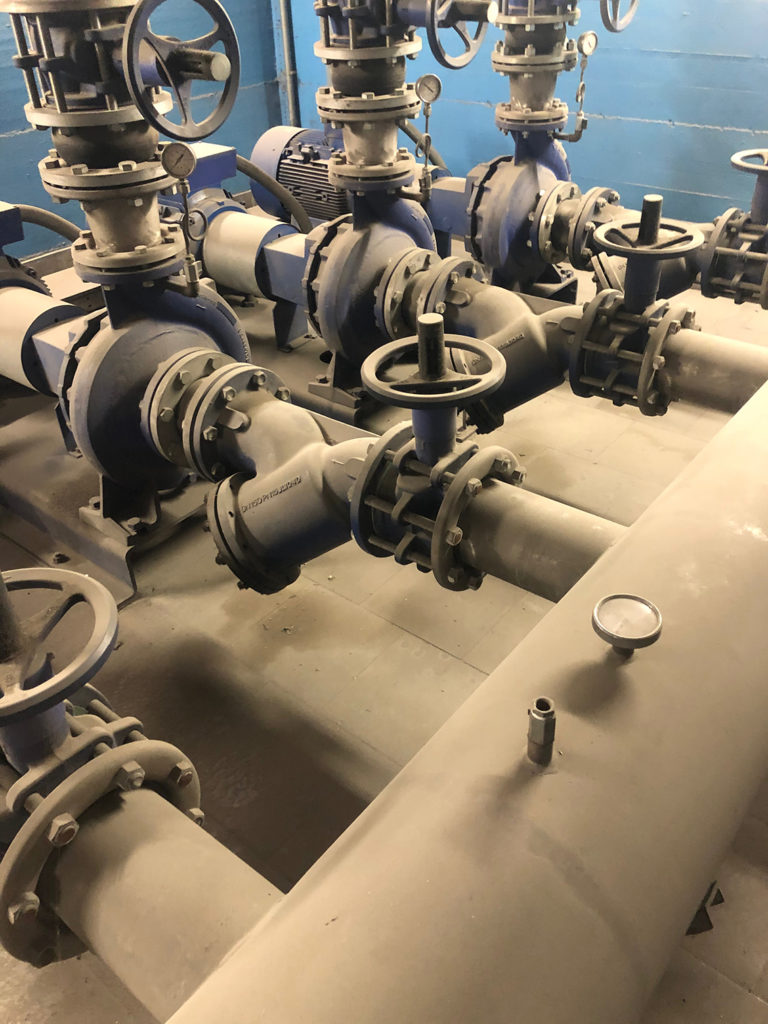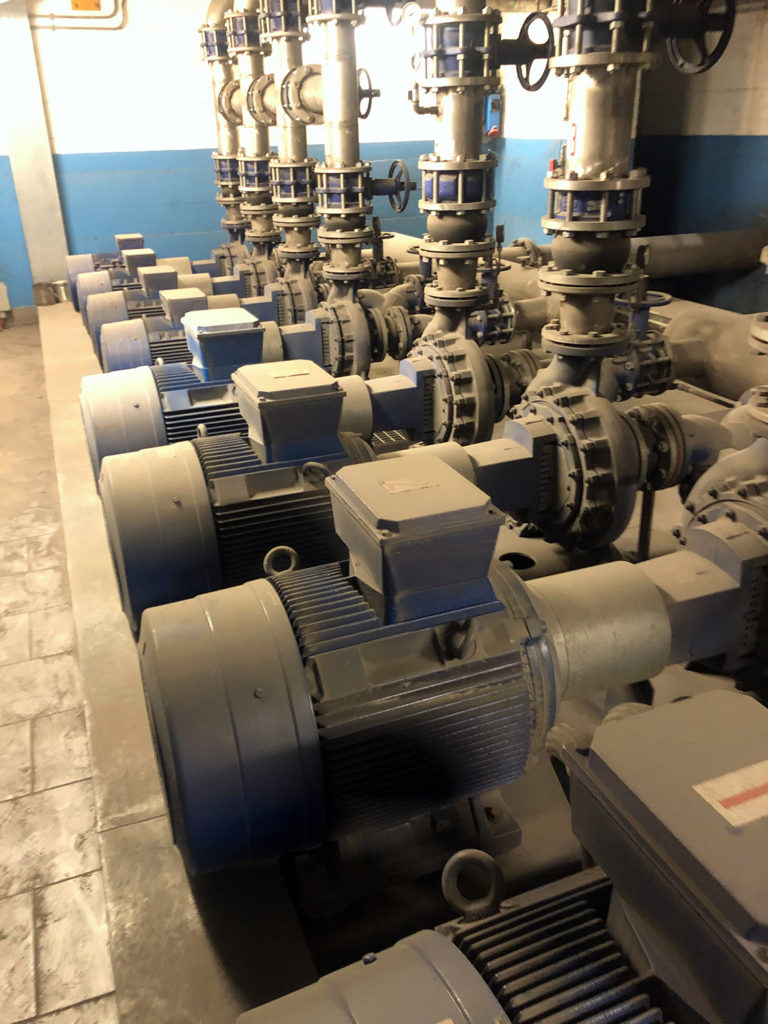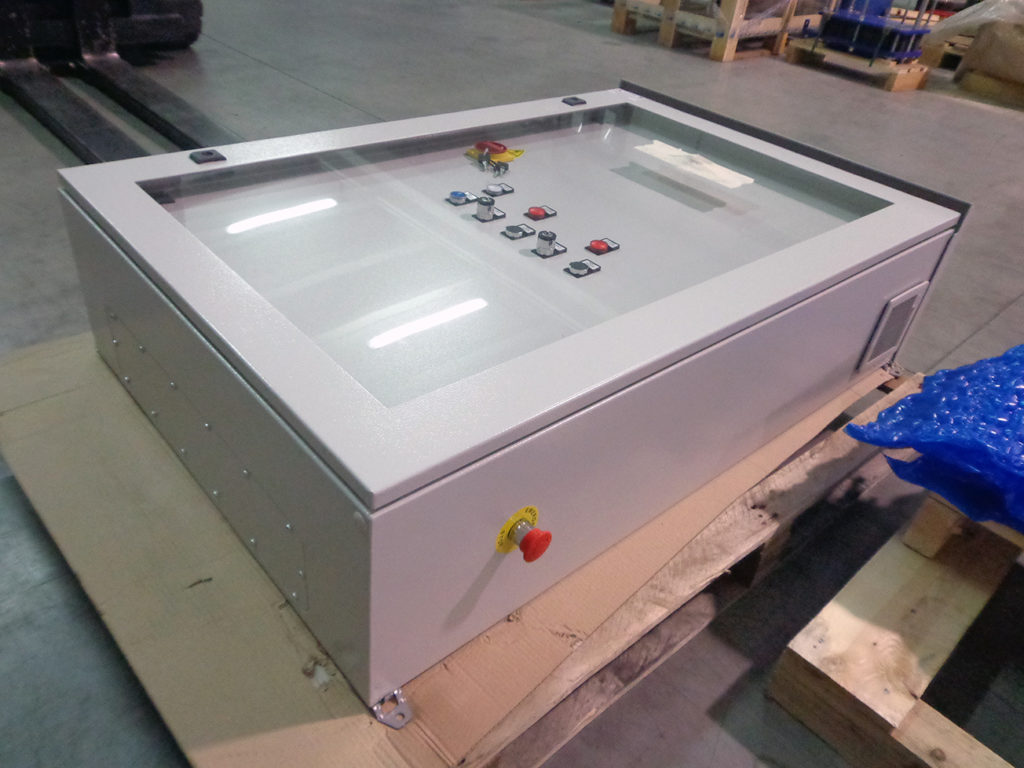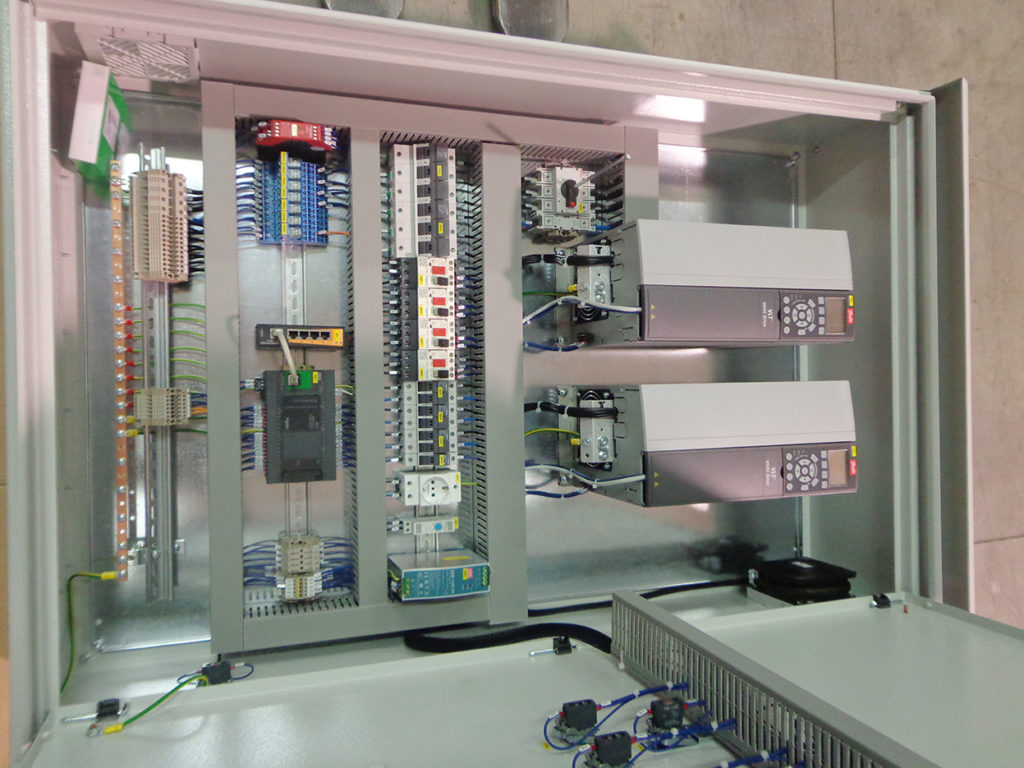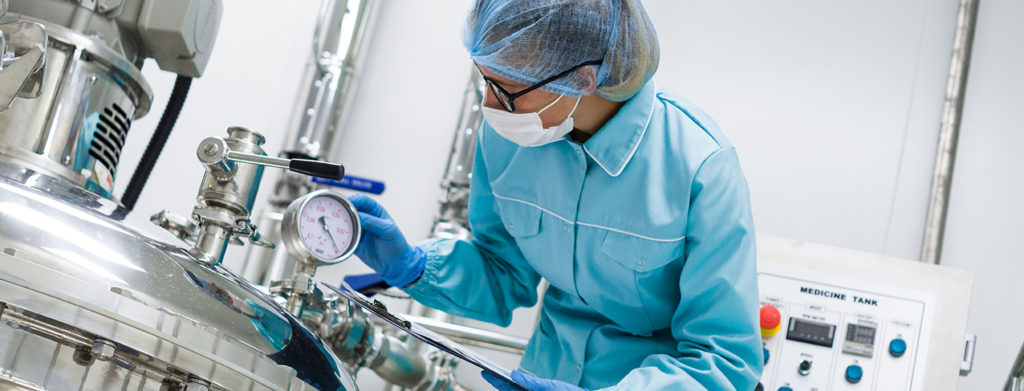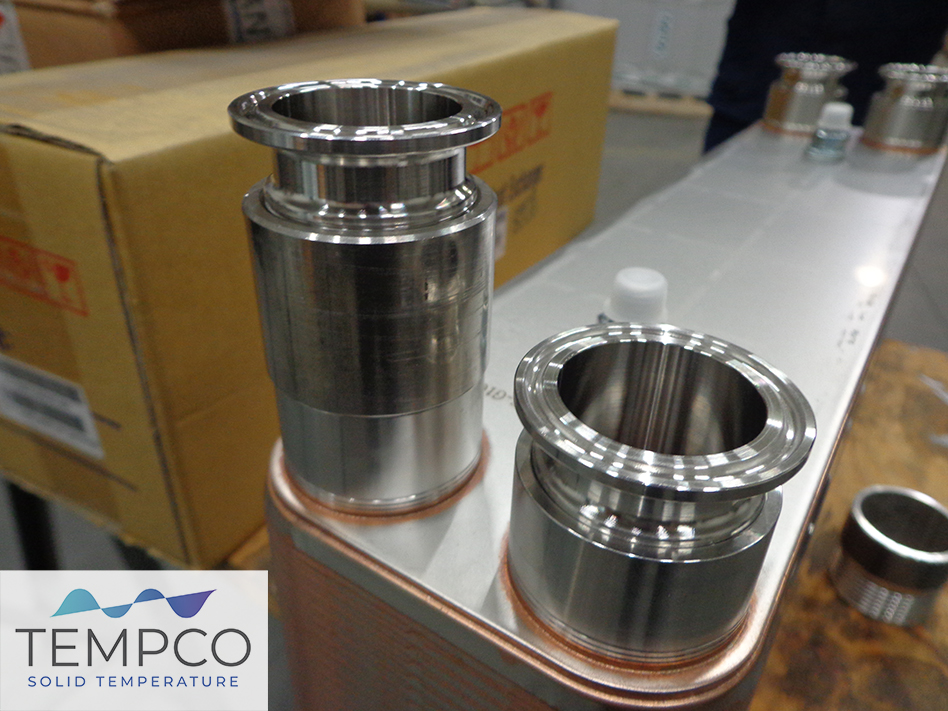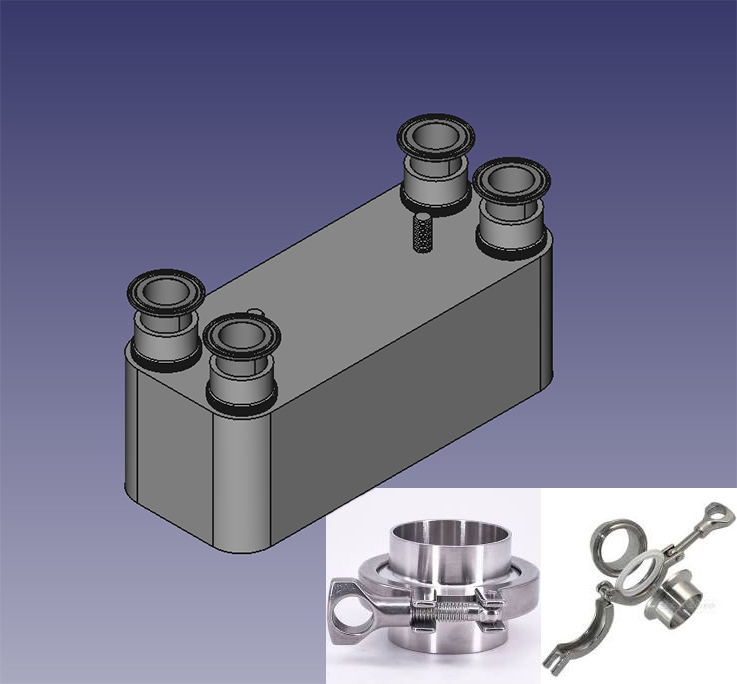The growing adoption of robotic automation systems within the industrial sector increases the efficiency in production processes. The Tempco Infographic we are presenting here showcases a reached value of 62,75 billion of dollars in 2020 for the worldwide robotics market, with an interesting growth trend for collaborative robots, or cobots, which enable the safe interaction without protection fences between humans and robots in any kind of industrial application.
The concept of efficiency in the enhancement path of industry is a cornerstone here, establishing a strong connection between the world of industrial automation and Tempco, committed in the development of solutions for temperature control in industrial processes aimed to implement energy efficiency approaches and savings on energy consumption.
The implementation of robots and automated systems increases the efficiency of production processes, enabling a more smart and efficient employ of resources, evolving at the same time working methods and human skills, placing operators at the core of the Industry 4.0 transformation. Energy, and thermal energy in particular, is therefore one of the most precious resources to safeguard, by adopting waste reduction approaches but also leveraging energy recovery.
Cooling, heating and thermoregulation are strongly linked to the robots sector, where a number of Tempco solutions provide the temperature control and hydraulic oil cooling in order to ensure excellent operational conditions of actuators and motion control devices of robots and automation systems along the production lines.
In a growing market of robotics, which lead to a constant improving of efficiency toward a more smart and sustainable industrial production built upon a more responsible employ of energy.

Subscribe here to our Tempco Newsletter – Solid Temperature.

